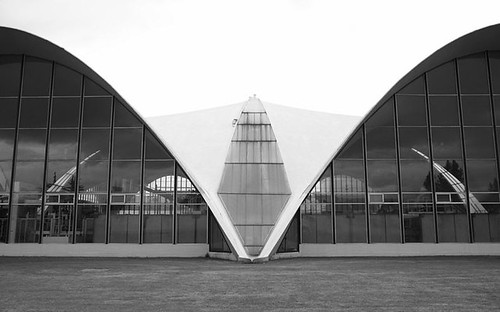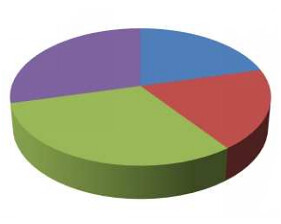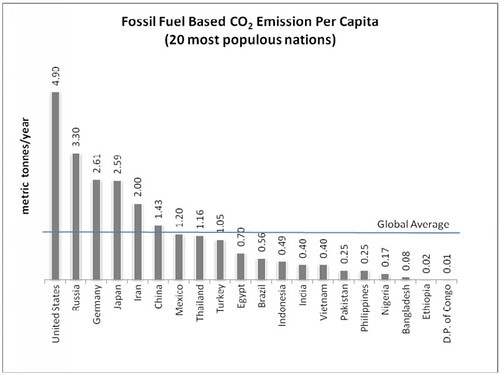Building codes are modeled to safeguard public health and
safety, not necessarily to limit damage or maintain a building’s function after
a natural or man-made disaster. As a result, performance based design
guidelines have been developed allowing structural engineers to design
structures to a certain structural performance objective. This can include
reductions in damage, repair costs and/or recovery time. Structures designed to
perform to higher than code standards will typically require more materials and
incur greater costs associated with design and construction resources (i.e.
design time, construction time, and cost associated with both). These
structures, however, have the potential to be more resilient during a disaster.
The upfront costs associated with these structures can result in large monetary
savings in the future. The project team should consider all of the benefits
associated with a more resilient structure and decide if those benefits outweigh
the upfront costs.
Monetary damages from natural disasters have seen
significant increases over the last 5 years (Source: SEI Committee Report).
Structural engineers should consider this when making the choice to design to
higher standards. There is a vital need for resilient design with more people
migrating to the coasts (where natural disaster hazards are greatest), and the
economic value of possessions increasing substantially (Source: SEI Committee
Report). Spending time and money up front to reduce the likelihood of loss
during a natural or man-made disaster can bring significant benefits to owners
and communities. These benefits include lowering insurance costs, raising
property values, providing security to residents, maintaining a consistent tax base,
and minimizing the cost of disaster response and recovery.
Structural engineers must also take holistic design
approaches because the interaction between structural and non-structural
systems varies greatly. A system may require larger initial investments in
materials and resources, but could have significant savings due to reduced
damage of non-structural building components during a natural or man-made
disaster, implying lower expected lifetime costs of the building.
Designing structures for higher standards will typically
result in additional upfront costs: both monetary and environmental. These
costs should be considered throughout the life cycle of a building, especially
for those structures at risk of natural and man-made disasters. Hazard mitigation techniques typically come
with significant benefits, and. implementing resiliency strategies will allow
for better protection before and better recovery after an event.














